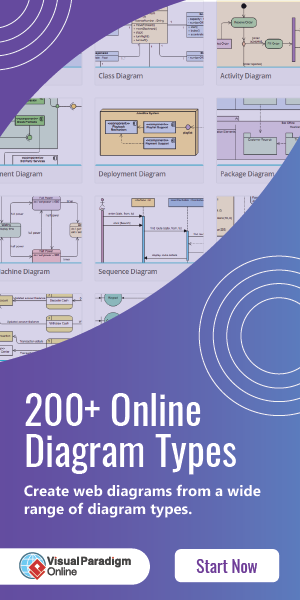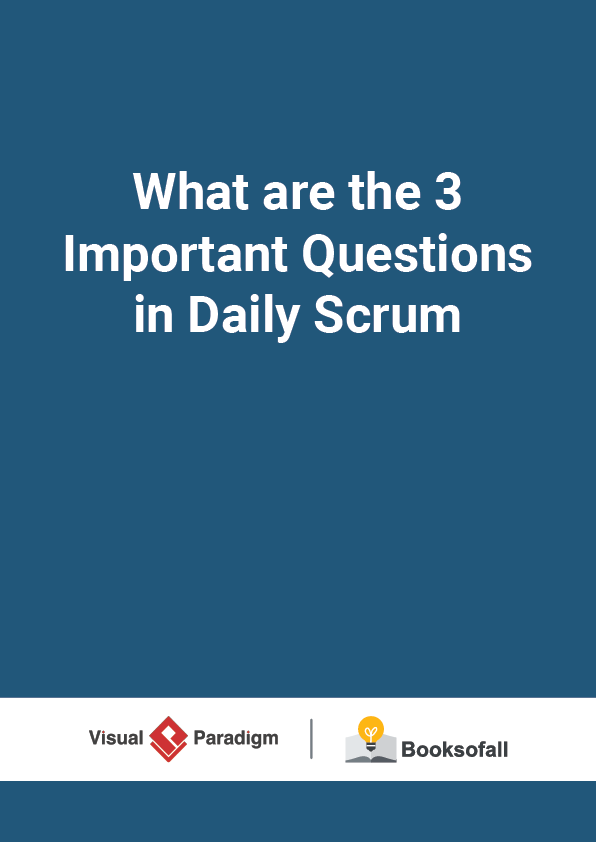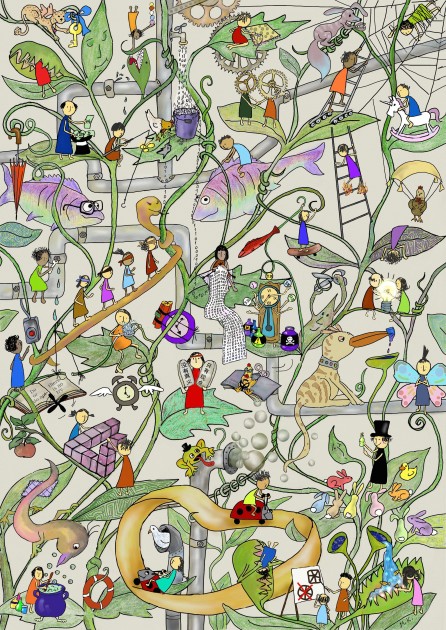KWL Chart Tutorial
3-4 minutes
A KWL Chart (also known as KWL chart, KWL Table) is a graphical organizer designed to help in learning. People use KWL Chart as a graphic means of establishing what Learners know, what they want to know, and what they learned about a given topic. Thus, KWL is an acronym of “What I Know”, “What I want to Wonder”, and ultimately “What I L earned”. It helps learners reflect and evaluate their learning experience, as well as serve as a useful assessment tool for the lesson. A KWL is often structured in tabular form and is typically divided into three columns titled in its short form: Know , Want and Learned .
Edit this KWL chart template
KWL Chart Template
Choose a general topic and create a KWL table with three columns and two rows. One row for the headings and one larger one in which to write. Label the first column with
- K for “What I Know”: Introduce the topic and brainstorm with the class. Note down responses.
- W for “What I Want to Know”: Record any questions the class has about the topic and/or turn textbook subheadings into questions.
- L for “What I Learned”: After reading or listening record what leaners say they have learned. Note any W questions that were answered.
Edit this KWL chart template
3 Steps for Creating a KWL Chart?
What I Know (K)?
- Brainstorm what students already know about a specific subject topic.
- Highlight the importance of prior learning and how life experiences and making connections to what we already know is a very important part of learning.
- Write these ideas under the K column.
What Do I Want to Know (W)?
- Generate a list of what else they want to learn or questions they want to be answered.
- Continue to demonstrate how to organize and categorize their suggestions and how to use this information to set a purpose for reading.
- Students can also turn textbook headings and subheadings into questions for the W column.
- Students now read (or listen) the text and actively look for answers to their questions as well as to verify their knowledge.
What I L earned (L)?
- After reading with the purpose they discuss and record what they learned in the L column, especially paying attention to W questions that were answered from the text or activity.
- Provide multiple opportunities for learners to use the strategy in pairs or small groups until they can use the strategy independently.
- The L column can also serve as notes for review and revision.











